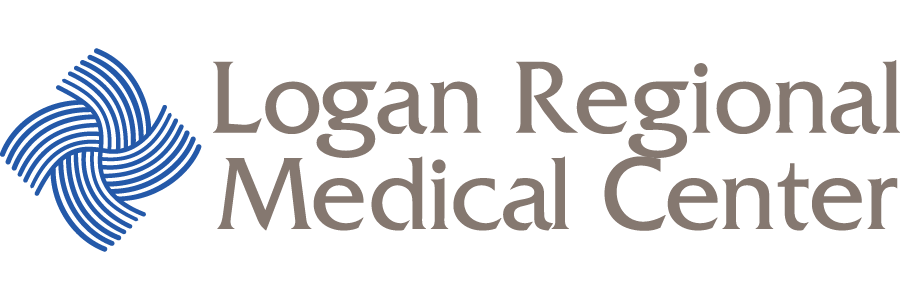Wound Care & Hyperbaric Medicine
Committed to Your Health
That’s why we’re here.
Patients may be referred by a physician, healthcare professional, or self-referral. The wound care physician will complete a history and physical, order diagnostic tests, if indicated, and determine a plan of care following evidence-based guidelines. Treatment will focus on the causation of the wound, co-existing conditions that impact wound healing, and topical wound management.
The PCP, referring physician, or HCP will be provided patient progress reports, and the patient will be returned to their care after discharge. Patients in Home Health, Skilled Nursing Facilities, and Nursing Homes can also receive Outpatient Wound Care and HBOT.

